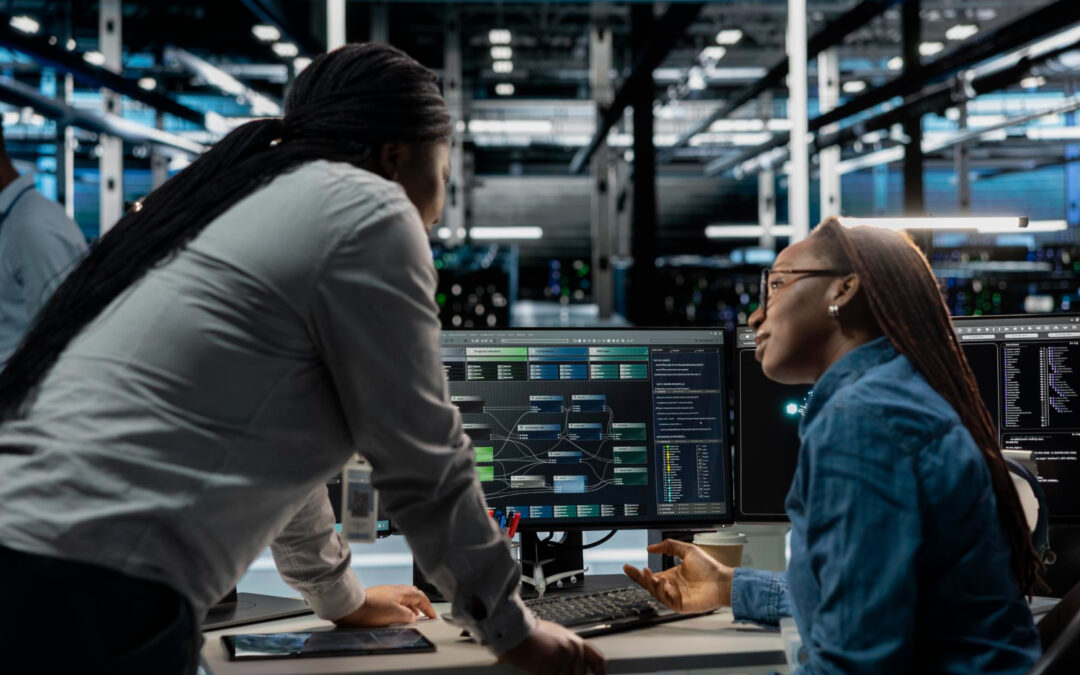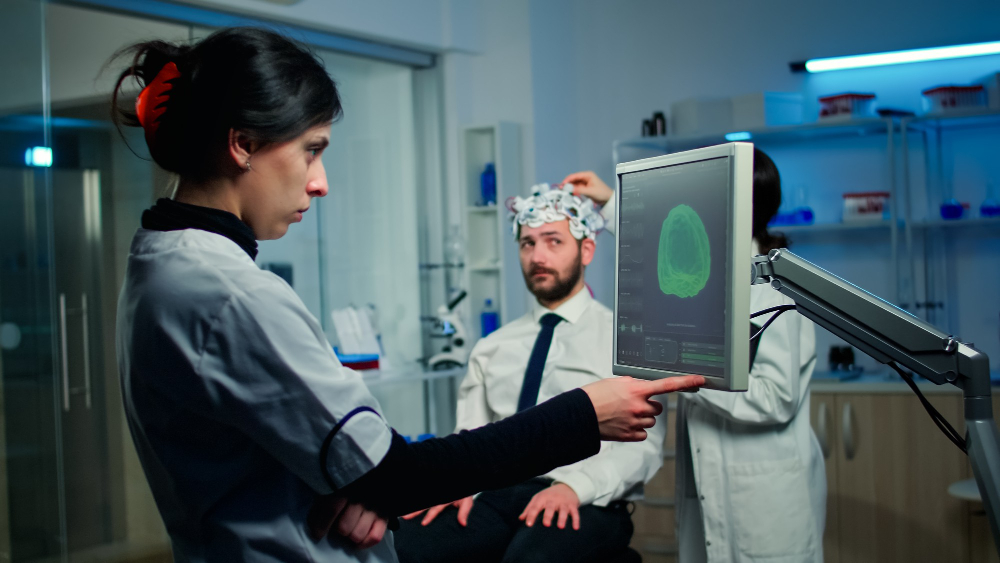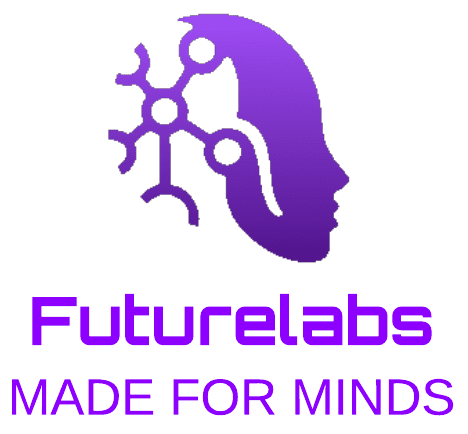
by Juan Rios | Jun 24, 2025 | News
The magnate did not predict a date for the change but assured it will be soon
Artificial intelligence (AI) is rapidly transforming the labor landscape, sparking debates about the professions that could be and are being replaced by this technology.
Recently, Elon Musk, CEO of Tesla and SpaceX, stated on the social media platform X that AI “will soon outperform doctors and lawyers by a wide margin (and eventually all humans in almost everything).”
Medicine and law, fields that traditionally require a high level of knowledge and human judgment, are experiencing increasing AI integration.
In medicine, AI systems with access to vast databases can diagnose diseases and suggest treatments with accuracy rivaling that of human professionals.
A recent study showed that ChatGPT outperformed doctors in evaluating medical histories, suggesting AI could play a significant role in healthcare.
In the legal field, AI is being used to analyze documents, predict case outcomes, and automate routine tasks. Advanced tools can review contracts and conduct legal research more efficiently than humans, potentially reducing the demand for lawyers in certain roles.
Besides doctors and lawyers, other occupations could be affected by AI-driven automation. According to a World Economic Forum report, telemarketers, credit authorizers, statistical assistants, and bank tellers are some of the roles most at risk of being replaced by AI in the future.
An Indeed Analysis Identified That Around 20% of Jobs Are Highly Exposed to AI,
meaning artificial intelligence could perform at least 80% of the tasks associated with those roles. This includes jobs involving repetitive or data-based tasks, such as news analysts, reporters, administrative assistants, and accountants.
Another sector with significant impact is e-commerce. According to a report by Statista, an estimated 2.9 billion consumers shop online, representing 36% of the global population.
Considering this information, Statista indicates that more than 50% of e-commerce businesses have adopted AI solutions in their operations, and nearly 30% have integrated this technology into their functioning.
Companies are seeing in these strategies the possibility to optimize sales, improve and personalize customer relationships, and streamline internal processes.
Bill Gates, Microsoft co-founder, predicts AI will be transformative in the next five years and points out that only three professions will survive and adapt best to this technology: those related to biology, the energy sector, and specialized jobs in AI tool design and programming.
In this regard, Gates argues that AI will allow people to focus on more creative and meaningful tasks while machines handle routine work.
For Bill Gates, biology, the energy sector, and programming are not threatened by AI. (Illustrative image Infobae)
On the other hand, Elon Musk has expressed concerns about the pace of automation and its impact on employment. During his participation at the VivaTech 2024 conference in Paris, he stated that most current jobs will be replaced by intelligent machines and automated systems in the not-too-distant future, noting that “almost none of us will have jobs.”
While AI offers significant opportunities to improve efficiency and productivity, it also poses considerable challenges for the labor market. Professions once considered secure could be transformed or even replaced by automated systems.

by Juan Rios | Jun 2, 2025 | Transhumanism
The creation of AI-designed chips raises concerns about security, repair, and technological sustainability
A research project developed an artificial intelligence system capable of creating a series of chips that are not comprehensible to human beings—in other words, no scientist currently can fully understand how they function.
A striking discovery, considering that humanity has reached a point where virtually everything around us depends on chips. These electronic components, which power everything from our phones to cars and the systems that allow us to track animals, are the backbone of modern technology.
How Artificial Intelligence Created Incomprehensible Chips:
Chip development has always been a long and complex process. Engineers, with years of experience and extensive training, have been responsible for designing the circuits that power the devices we use constantly. To do so, they follow a set of established rules based on decades of research.
In this context, artificial intelligence has begun to play an increasingly important role. Through convolutional neural networks (CNNs), researchers are achieving chip designs far more complex than humans could conceive in a reasonable amount of time.
Kaushik Sengupta, an electrical engineer at Princeton University and the project’s leader, has been one of the main drivers of this research. In his studies, he uses AI to design more efficient wireless chips— a key area for the future of global connectivity.
The most surprising aspect of this research is that the chips designed by AI cannot be fully understood by humans. According to Sengupta, current engineers could not—nor likely will in the future—deeply understand how each of these chips works, which raises a series of questions about their repair, modification, or even safe usage.
In his own words, AI-designed chips could be “disposable” if we fail to understand how to repair or improve them.
The process of designing a chip with artificial intelligence deviates from traditional methods. Instead of starting from an already established blueprint, AI uses what is known as “bottom-up design” or “inverse design.”
This approach starts with the desired outcomes and works backward to create the components that will make up the final hardware. Unlike humans, who must follow a logical and structured pattern to design components, AI algorithms do not require such linearity. This allows the algorithms to find nonlinear, even unexpected solutions.
Human designers have always had to work within a set of constraints, such as pre-existing templates that define how chips should be. However, AI is capable of going beyond these restrictions, suggesting new configurations and paradigms that might have once been considered unthinkable.
The speed at which these algorithms can generate new designs is impressive. According to the researchers, what might take a human years to accomplish, an AI algorithm can suggest in minutes.
Sengupta and his team have explained that traditional chips are the result of meticulous interaction between components that are assembled piece by piece to ensure signals flow as intended. However, with AI, the resulting configurations are far more complex.
AI-Generated Chips:
“Classic designs carefully assemble these circuits and electromagnetic elements, piece by piece, so that the signal flows the way we want it to flow within the chip. By changing those structures, we incorporate new properties. Before, we had a finite way of doing it, but now the options are much greater,” stated Sengupta.
The Risks of This AI Creation:
This breakthrough could have both positive and negative implications. On the one hand, AI’s ability to create more complex and efficient designs could drive the development of far more advanced technologies. The chips AI designs can, for example, be faster, smaller, and capable of performing complex tasks beyond those of their predecessors.
If human engineers cannot understand how to repair or modify a chip, dependence on AI could lead to a situation where devices simply have to be replaced in the event of failure, rather than repaired. This could make these chips more “disposable” and less durable, which, in addition to creating an economic issue, could also contribute to the growth of electronic waste—one of the major environmental challenges of the future.
The CEO of NVIDIA, one of the leading companies in the development of advanced chips, has already warned at CES in Las Vegas that its AI chips are advancing faster than Moore’s Law (which states that the number of transistors on a chip roughly doubles every two years) could predict. This suggests that we are entering an era of change so rapid it may become difficult for humans to keep up.


